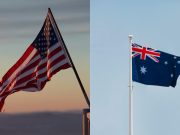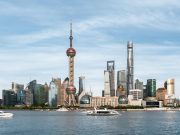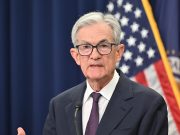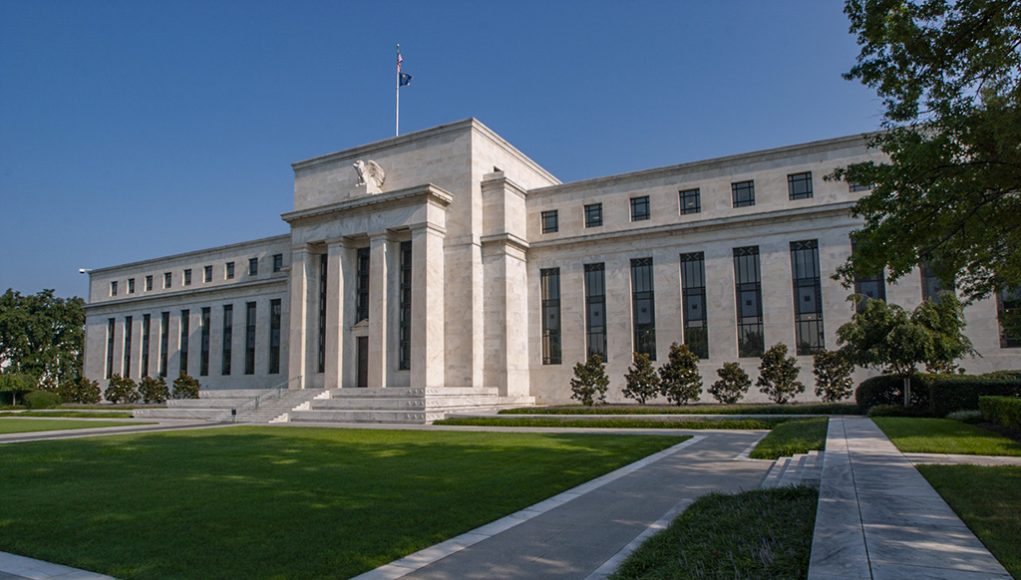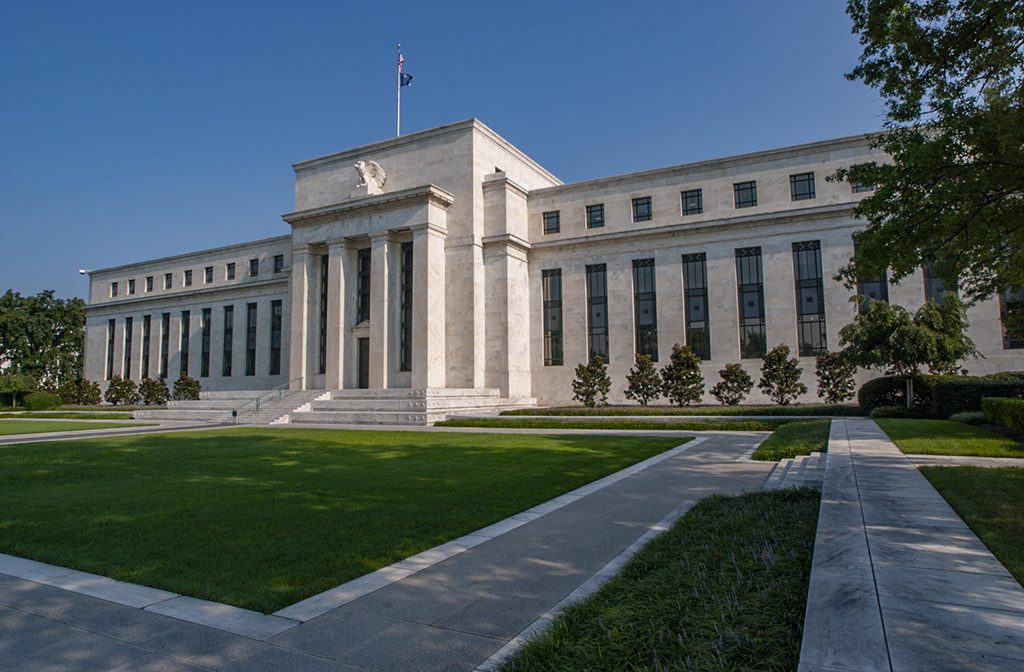
(Singapore, 12.09.2025)The global financial stage is set for a major shift. A mix of softening U.S. labor market data and in-line inflation numbers has solidified expectations that the Federal Reserve will cut interest rates next week. This has sent a wave of optimism through global markets, with stocks hitting new highs and investors feeling a sense of relief.
On Thursday, the U.S. Department of Labor released two key reports that have sent a clear signal to markets. The first showed that the Consumer Price Index (CPI), a key measure of inflation, increased 0.4% in August, the largest jump in seven months. While this might seem concerning, the numbers were largely in line with forecasts.
Meanwhile, a separate report showed that first-time applications for jobless benefits surged to their highest level in almost four years. This jump in unemployment claims, coming on the heels of other recent data showing a weakening jobs market, has been the primary driver behind the market’s conviction that a rate cut is coming.
For the Federal Reserve, this presents a tricky situation. On one hand, they need to tame inflation, which has seen some broad increases, particularly in housing and food costs. On the other, they must respond to a rapidly slowing job market to prevent a deeper economic downturn. Many economists believe the current situation favors a focus on the latter.
“Inflation is relatively calm, which gives the Fed the flexibility to focus more on stemming ongoing weakness in the labor market,” said Skyler Weinand from Regan Capital. This sentiment is widely shared, with experts and investors alike anticipating a 25 basis-point rate cut from the Fed next week. Many also expect two or three more cuts to follow before the end of the year.
This dual challenge has led some to fear a state of “stagflation,” a condition where high inflation and high unemployment occur simultaneously. Sung Won Sohn, a professor of finance and economics at Loyola Marymount University, noted that this creates a difficult policy dilemma. “Cutting rates too quickly risks embedding tariff-driven inflation, while delaying cuts risks amplifying unemployment,” he explained.
While the overall CPI number was eye-catching, a closer look reveals the nuances. The increase was fueled by a 0.4% rise in the cost of shelter and a 0.5% increase in food prices, with groceries seeing a sharp 0.6% hike. Prices for fruits, vegetables, and beef were particularly volatile, with some increases attributed to factors like past droughts and ongoing labor shortages in the agricultural sector. Economists also pointed to the lingering effects of President Trump’s tariffs, as businesses have now depleted their pre-tariff inventories and are passing on higher costs to consumers.
Meanwhile, the jobless claims data was perhaps the most compelling part of the story. The 27,000 jump to 263,000 was the highest since October 2021. While some of this increase could be due to a technical glitch or one-off factors like the Labor Day holiday or a possible misfiling of claims related to Texas floods, the broader trend is undeniable. As Nancy Vanden Houten, a lead U.S. economist at Oxford Economics, put it, “Even if the increase in initial claims overstates any renewed weakness in the labor market, claims have been drifting higher.”
This is further supported by recent government data suggesting that nonfarm payrolls might have been overstated by nearly a million jobs over the past year. Last week’s employment report also showed that job growth had almost stalled in August, and the economy actually shed jobs in June for the first time in over four years.
Markets Rally on Rate Cut Hopes
In response to this slew of data, markets rallied. The S&P 500 and Nasdaq 100 indexes both climbed to new closing highs on Thursday. Futures for equity indexes in Japan, Australia, and Hong Kong all followed suit, signaling that Asia is ready to join the global rally.
The optimism wasn’t confined to major indexes. In corporate news, Microsoft shares rose after the company and OpenAI announced a new agreement, while Adobe also saw gains after a strong revenue outlook. However, not all news was positive. Hyundai Motor Co. reported that a battery plant project was facing delays due to labor shortages, a stark reminder of the challenges companies face in the current environment.
The market sentiment is clear. The focus has shifted from inflation to the health of the labor market. As Ellen Zentner from Morgan Stanley Wealth Management noted, “Today’s CPI may appear to offset yesterday’s PPI, but it wasn’t hot enough to distract the Fed from the softening jobs picture. That translates into a rate cut next week—and, likely, more to come.”





